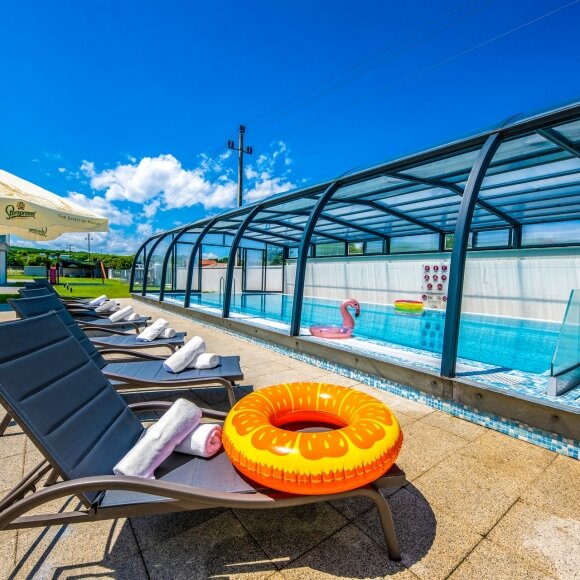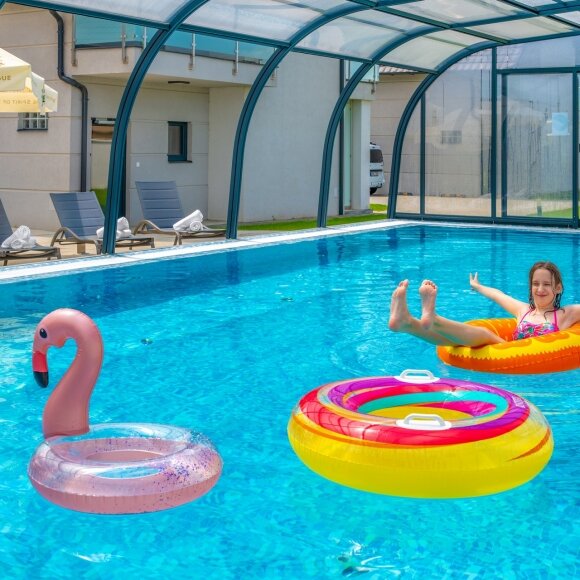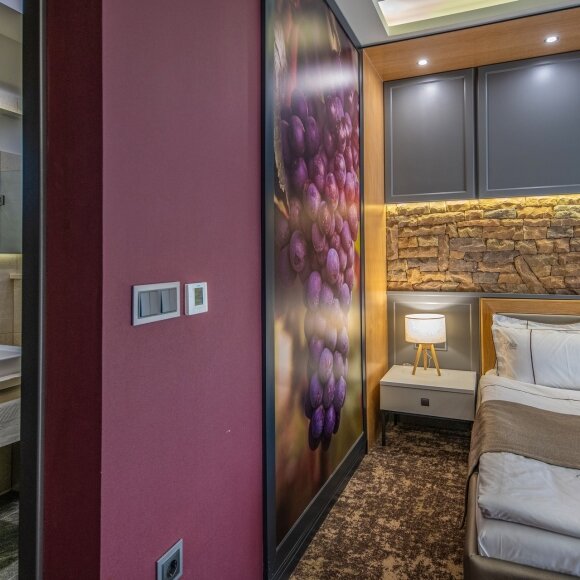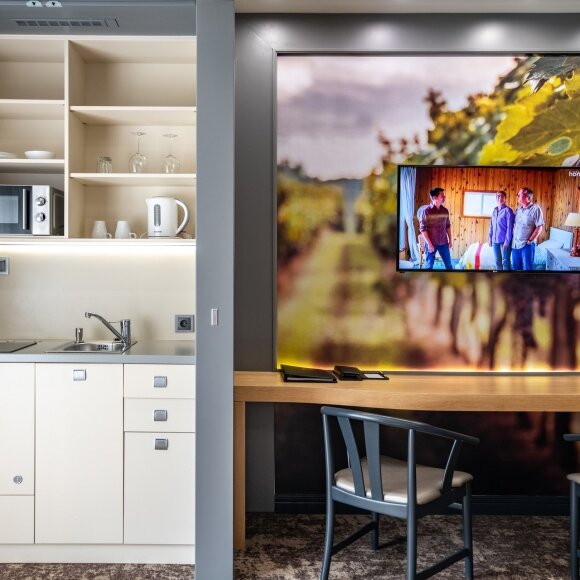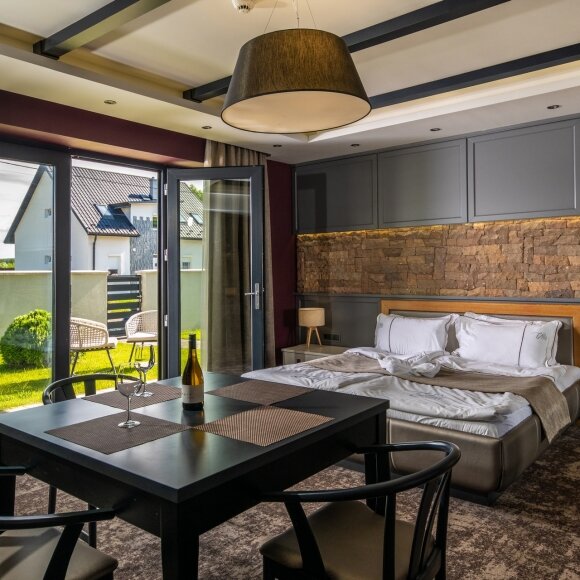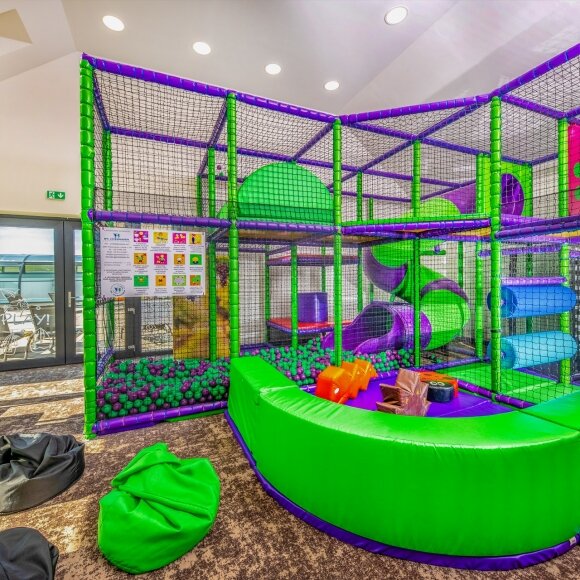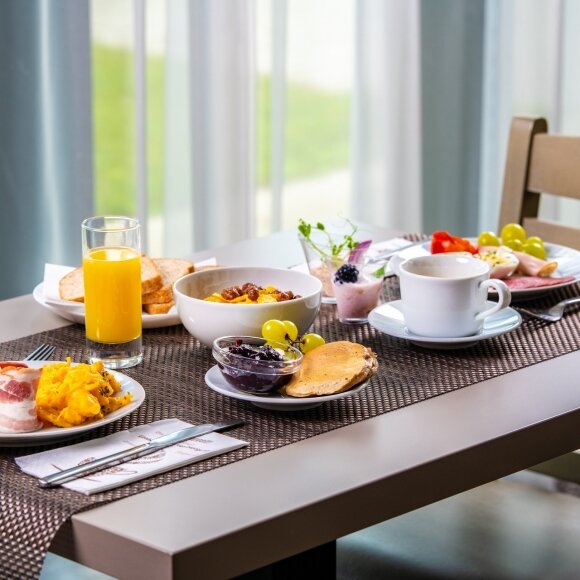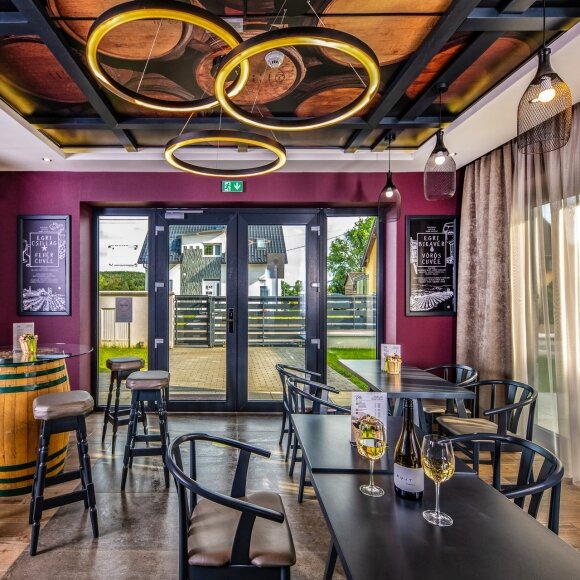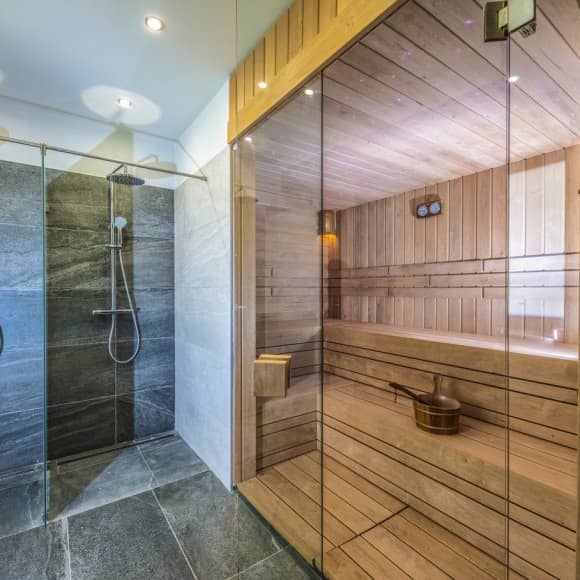Sights All Sight
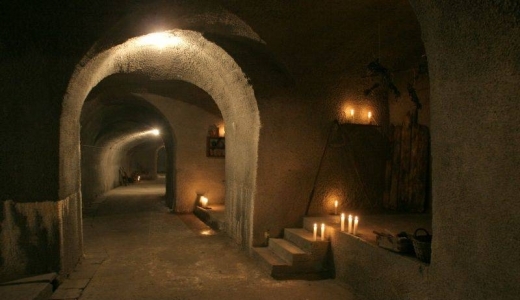
„City under the city” time tunnel
- 3300 Eger, Városfal str. 1
- Opening hours
- +36 30 538 9017
- City under the city time tunnel
- Ticket prices
The „City under the city” is one of the exhibition places in a part of the cellar system under Eger.
Entrance from the Városfal str. at number 1, it opens from the former House of Candle Wines (now a time tunnel). The cellar system is open all year round. In the first half of the ~45 minutes walk, the past and present of the cellar, cellar construction, viticulture, winemaking are presented. The Visitors are introduced to second-century professions and occupations.
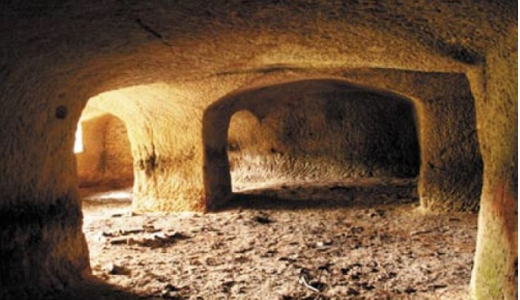
Cave dwellings
- 3395 Demjén - 4,6 km
- Free
The cave dwellings represent the architecture and building culture of the people. The cave dwellings were built by almost without exception by the direct production workers (farmer, craftsman, contract worker). The most significant cave dwelling complexes can be connected to the areas once known for their quarrying, including Demjén. In Bükkalja they were built not only of stone, but also in stone. This is best illustrated by the large number of wine cellars in the village (304 in total).
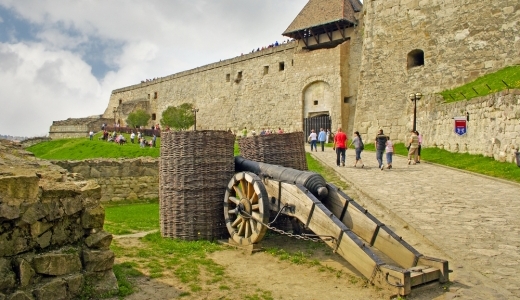
Eger Castle
- 3300 Eger, Vár lane 1.
- Opening hours
- +36 36 312 744
- Eger Castle
- Ticket prices
In the Gothic Bishop's Palace we can get to know the story of the castle, in the casamates we can discover everyday life of a border castle in the 16. century. On the Calvary hill we can enjoy the view. The castle is quite big, we can discover it individually or we can choose the tour led by the warriors who tell you many exciting stories
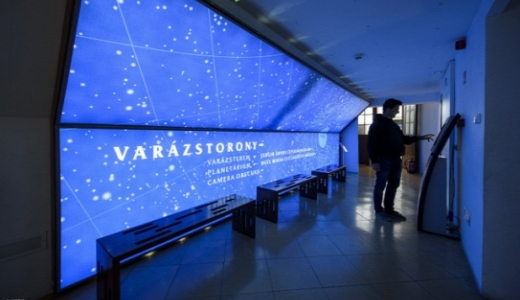
Magic Tower
- 3300 Eger, Eszterházy square 1.
- Monday-Sunday 9:30-15:30
- + 36 30 221 9376
- 1.000 - 1.300 HUF/person
Located in the bulding of the Eszterházy College of Eger. The only permanent exhibition in Hungary, which present 18th century astronomical telescopes and measuring instruments in their original surroundings.
The Magic Tower fascinates both young and old ones. The playhouse brings science closer to the younger generation, and the panoramic terrace is the city’s tallest lookout tower, with more than 300 stairs leading to it - but it’s worth the challenge because of the sight ahead. In the magic room, we can understand physical phenomena, because the discipline is brought closer by tangible experiments from mechanics through optics to electromagnetism. In the Planetarium we can embark on a short journey around the Earth, follow the birth of the Solar System and gain an insight into the history of astronomy.
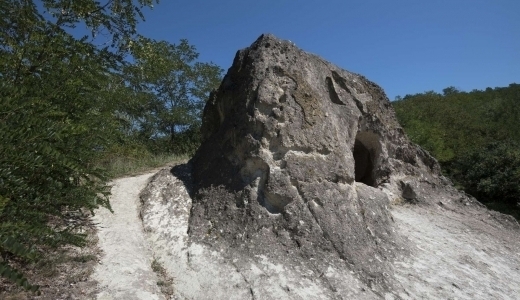
Highwaymen’s hiding beehive stone
- 3394 Egerszalók, Ady Endre street - 900
- Free
Rhyolite tuff formed 10-20 million years ago got hardened by hot siliceous solutions accompanying volcanic eruptions at some places and that is how tuff cones rose. According to some theories, beehive stones used to be cave dwellings since researchers have found some pottery, but the word beehive in its name suggests that the niches were really beehives.
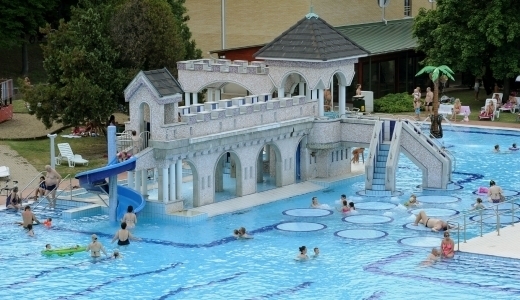
Eger Thermal Spa
- 3300 Eger, Petőfi square 2.
- Opening hours
- +36 30 510 558
- SPA
- Prices
The Eger Thermal Spa is one of the most beautiful beaches in the country, with 3 entrances, 5 acres, 13 pools and thousands of experiences. Guests can enjoy the favourable effects of radon curative water and sulphurous thermal water among modern circumstances, all year round.
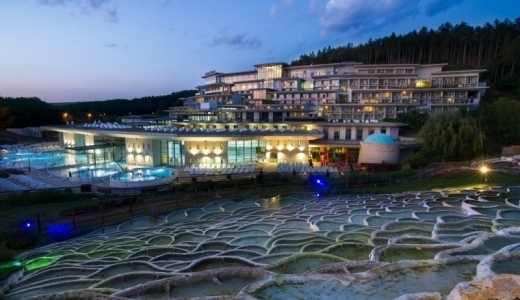
Saliris Resort Medical and Wellness Spa
- 3394 Egerszalók, Forrás street 6.
- Opening hours
- +36 30 476 5736
- SPA
- Prices
Saliris Resort Medicinal and Wellness Spa has received guests since 14 July 2007. The spa, constructed at the base of a special terraced limestone formation created by medicinal water running down the side of a hill, and the versatile, high-quality medical and wellness services are unique offerings in the region.
A total of 17 outdoor and indoor pools are located in the facility, with a water surface of 1,900 m2. Medicinal spa baths, jacuzzi spas, adventure pools, children's pools and slides ensure a pleasant stay for all ages.
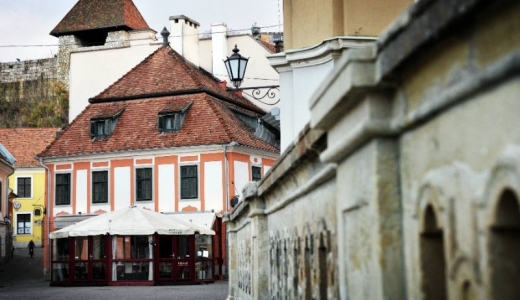
Hotel Senator-Ház
- 3300 Eger, Dobó sqr 11.
- +36 30 510 558
- Senator-Ház
Guests can enjoy the traditional Hungarian cuisine, or chose from a wide range of international gourmet dishes. Throughout the year many special occasions provide the opportunity to organize gastronomical events. Carnival wine tasting (in February), Easter Ham Parade, May Asparagus Days, Summer Salad Festival, Grape Harvest and Márton day Feasts. Wine tasting and dinners in well known Eger cellars (accomodation available).
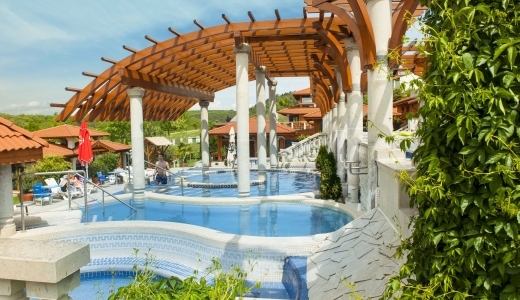
Demjén Thermal Valley
- 3395 Demjén, HRSz 83/30
- Opening hours
- +36 30 853 7419
- SPA
- Prices
There are many facilities also for youngers and elders at the Thermal Valley of Demjén. You can find Thermal spa, Cave Spa, outdoor spa and Aquapark too at the Thermal Valley.
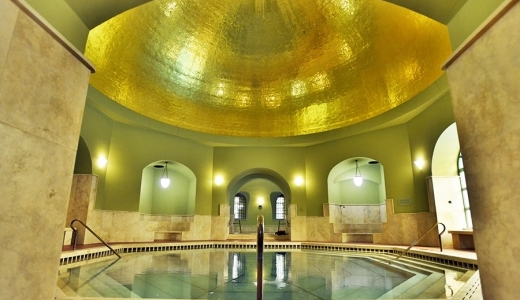
Turkish Bath
- 3300 Eger, Frank Tivadar Street 5.
- Opening hours
- +36 36 510 552
- Turkish Bath
- Prices
The Turkish Bath of Eger has hundreds of years of history. The Turkish pools was built between 1610 and 1617, during the time of Turkish rule, this pool space is the part of the area of the Turkish Bath with the longest history. The other parts of the pool were added to the original Turkish building gradually, during the centuries.
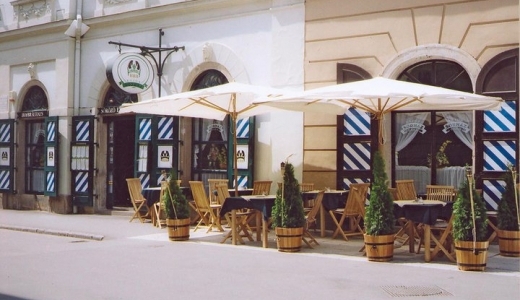
HBH Restaurant and Beer house
- 3300 Eger, Bajcsy-Zsilinszky str. 19th
- From Monday to Sunday11:30 to 22:00
- +36 36 515 516
- HBH Restaurant and Beer house
- Menu
The Beer House opened in April 1988, the historical center of Eger, Dobo Square. At the time, his own brewing operation in and around Eger was a rarity and unique way. Bavarian beer made on the basis of the license. In the late 90s the brewing ceased for economic reasons, and transported to the camp villages HBH beer brewery.

Árvai Winery
- 3394 Egerszalók, Ady Endre str. 44/b. - 400 m
- Monday - Sunday: 9 am – 6 pm
- +36 36 474 044
- Árvai Winery
- No data
The family winery awaits and welcomes all the former and new guests throughout the whole year. They offer self-produced dry, semi-sweet, white and red wines in bottles or a measured form.
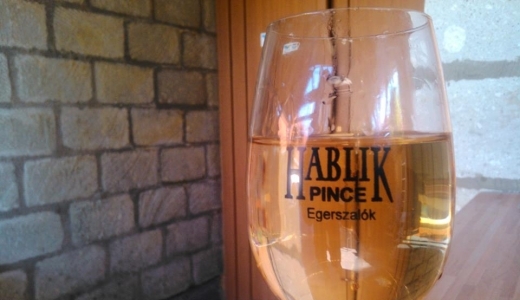
Hablik Winery
- 3394 Egerszalók, Sáfrány road 19/a. - 1,3 km
- They do not have specific opening hours. If you speak with them on the phone and ask them, they can serve you in five minutes at the winery every day of the week.
- +36 30 625 9975
- Hablik Winery
They produce their wines from their own grapes that spread over the vineyards of Egerszalók, Egerszólát and Demjén. They provide excellent quality year by year. Several of their wines won silver medal at the Aranytőke Borszemle (Gold Grapevine Parade). They produce all of their wines with the traditional method. After the pressing and fermenting, the wine goes into oak barrels in which it can age by taking in the flavours of the barrel. Later, when the wine has reached its maturity, it goes into smaller barrels (70-100 liters) so that it is closer to the visitors of the winery.
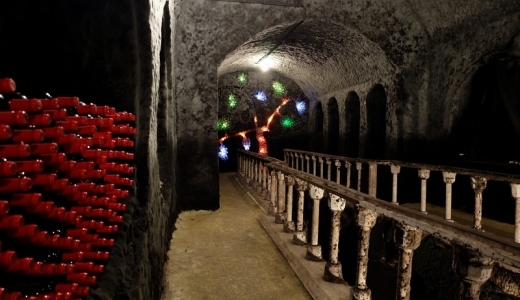
Helli Family Winery
- 3394 Egerszalók, Ady Endre road 18. - 800 m
- Opening hours
- +36 30 466 4313
- Helli Family Winery
- Prices
The winery offers red, white, rose, dry, semi-dry and semi-sweet wines in measured form or bottles. Moreover, there is also cold-pressed grape seed oil produced on the spot and grape seed flour at the winery.
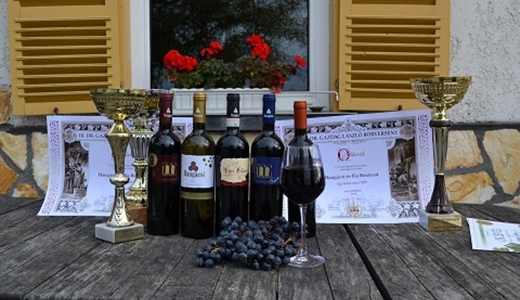
Hangácsi and Son Winery and Vineyards
- 3394 Egerszalók, Széchenyi 16. - 1km
- Open all year, according to demand.
- +36 20 965 0396
- Hangácsi és Fia Pincészet és Szőlőbirtok
- No data
The Hangácsi and Sons Winery and Vineyards is a first generation family business operating from 1992. Their vineyards spread over the brinks and hills of Egerszalók, Demjén and Egerszólát. The best wine of the winery is the Egri Bikavér (Bull’s Blood of Eger), but they also sell Kékfrankos (Blaufränkisch), Cserszegi Cuvée, Kékfrankos Rose, Olaszrizling (Welschriesling), Elixir Cuvée and Főnix Cuvée.

Kohári Winery and Guest House
- 3394 Egerszalók, Külső sor 1. - 1,9 km
- Always open
- +36 20 998 2233
- Kohári Winery and Guesthouse
- No data
The two PEOPLE who made it possible for the wines to finally shine in their current forms: István Tóth and Gábor Takács. Their knowledge and a little help from the Elders gave birth to the new Kohári style of the winery.
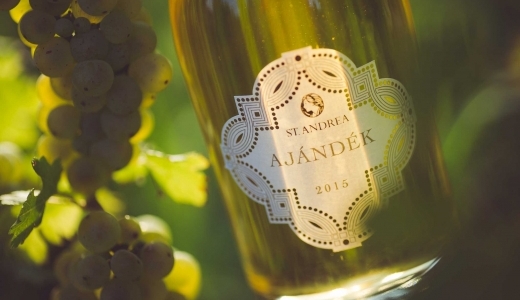
St.Andrea Vineyards and Winery
- 3394 Egerszalók, Ady Endre u. 88. - 400 m
- Monday - Saturday: 10 am - 6 pm
- +36 30 692 5860 | +36 36 474 018
- www.standrea.hu
- Free
One of the best wineries of the country awaits Guests with its excellent wines and wine tasting opportunity. “Eger is one of the most exciting wine regions of Hungary for us. We are grateful for being able to produce our grapes here. It is especially exciting to handle white and red wines at the same location.
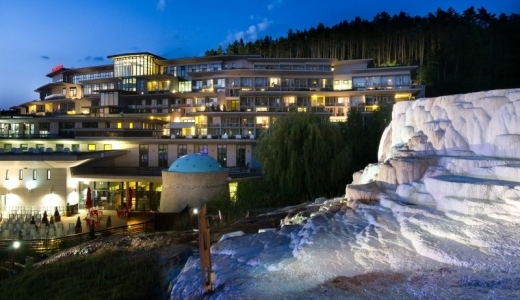
Salt hill
- 3394 Egerszalók, Forrás str. 4. – 1,5 km
- Free
Egerszalók's real attraction, on the southern side of the village, is the thermal spring erupting from the earth (410 meters from below). The water’s temperature is 65-68 °C. The water running down the hill created 1200 m2 of spectacular limestone deposits, which is unique in Europe. The salt hill is under local protection. Since the thermal bath were established, the hill can be approached on a walking path. When the sun sets, the hill has the colours of the rainbow. The thermal springs, the thermal bath and its surroundings gained the classification of health resort in 2016.
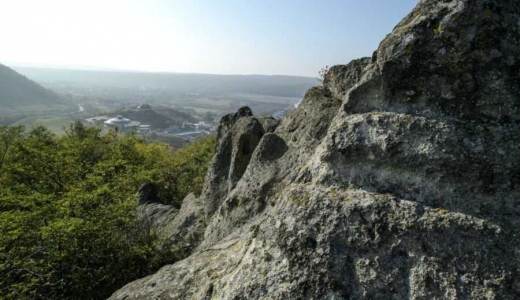
Demjén beehive stone
- 3395 Demjén - 4,0 km
- Free
There are 23 cabins on the rock wall of Bányaél (Kő-tető), which rises above the center of Demjén, with holes and channels carved into the surface of the artificial roof. To the north of the village, the western rocky range of the Hegyeskő-crag connected to "Pünkösd" hill is the Hegyeskő-hilltop , on which five separable beehives rise.
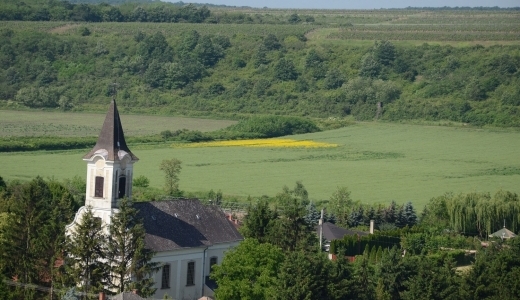
Church of Saint Antony of Padua
- 3395 Demjén, Széchenyi István street 34. - 4,8 km
- Free
In the Church of Saint Antony of Padua in Demjén nice stone carvings traditional in the village can be seen.
The church was designed by Giovanni Battista Carlone in Baroque style in 1730-32. Its tower and the enlargement of the nave was made in 1777-1779, that is what can be seen nowadays. The main altar is the work of József Grossmann and János Miller (around 1782). The Rococo and late Baroques side altars are also from the 18th century. The pulpit is of late Baroque style, was made together with the main altar.

